Recommendation Letter Template for Salary Increase
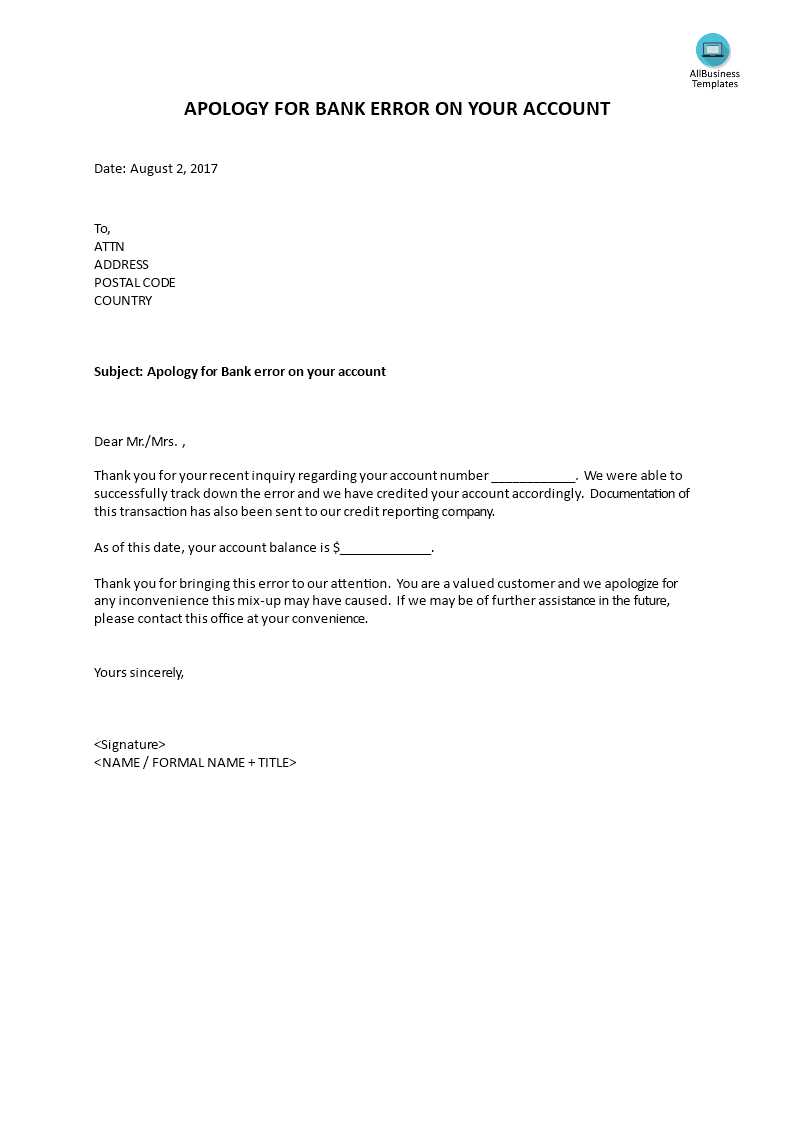
Securing a compensation adjustment often requires formal documentation that highlights an employee’s achievements and justifies the need for a review. A well-crafted request plays a crucial role in conveying the value an individual brings to the organization, reinforcing the idea of fair remuneration based on performance and contribution.
Key Elements of a Convincing Request
To present a compelling case, it’s essential to include specific details that reflect the value you bring to your role. A clear and concise request includes the following components:
- Performance and Achievements: Highlight your contributions and accomplishments, demonstrating your impact on the company.
- Market Research: Compare your current compensation with industry standards to show that your request aligns with the market.
- Professional Growth: Outline any skills you’ve acquired or additional responsibilities you’ve taken on since your last review.
How to Structure the Request Effectively
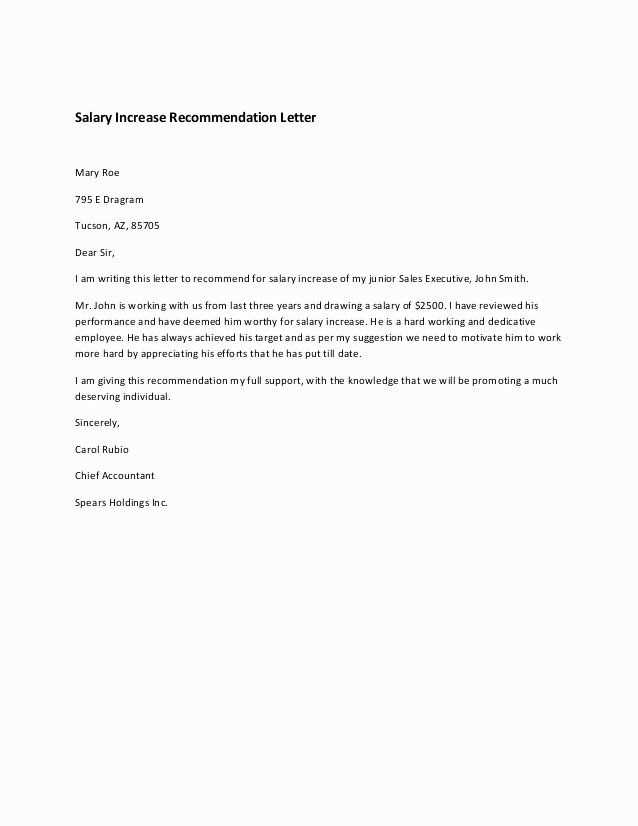
When organizing your appeal, clarity and professionalism are key. Begin by expressing appreciation for the opportunity and providing context for your request. Follow this with an outline of your reasons, supported by specific examples of your contributions. End with a polite but firm closing that emphasizes your commitment to the company’s success.
Step-by-Step Process for Drafting Your Request
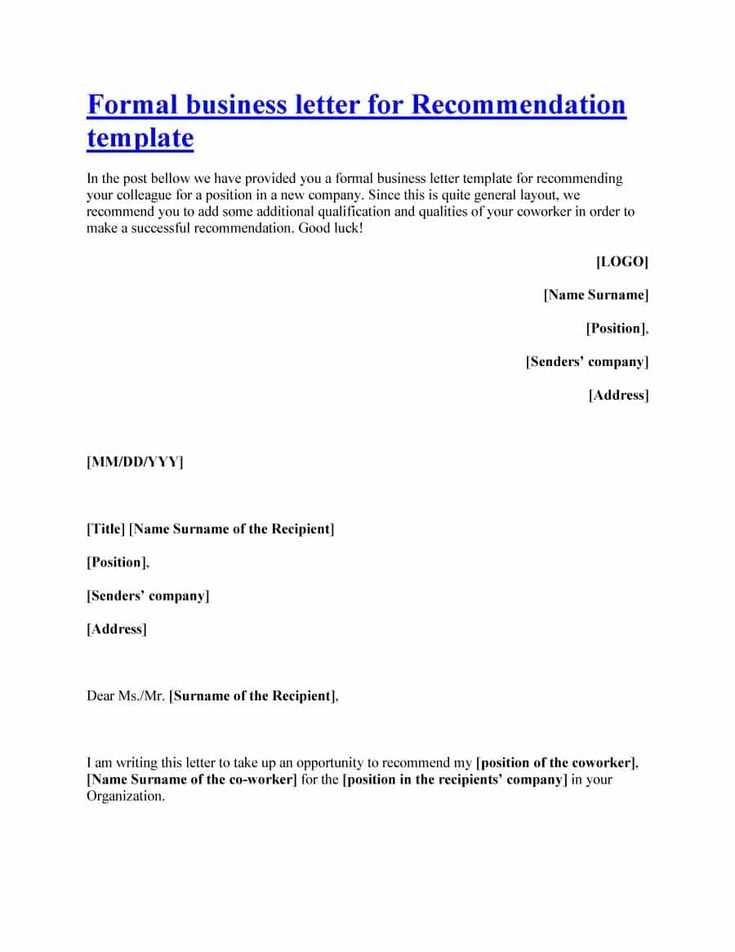
Follow these steps to ensure a well-structured, persuasive document:
- Introduction: Briefly introduce the purpose of your request and express your appreciation for your current position.
- Justification: Clearly present the reasons why an adjustment is warranted, focusing on your accomplishments and how they align with company goals.
- Closing: Conclude with gratitude and a request for a meeting to discuss the matter further.
Personalizing the Appeal
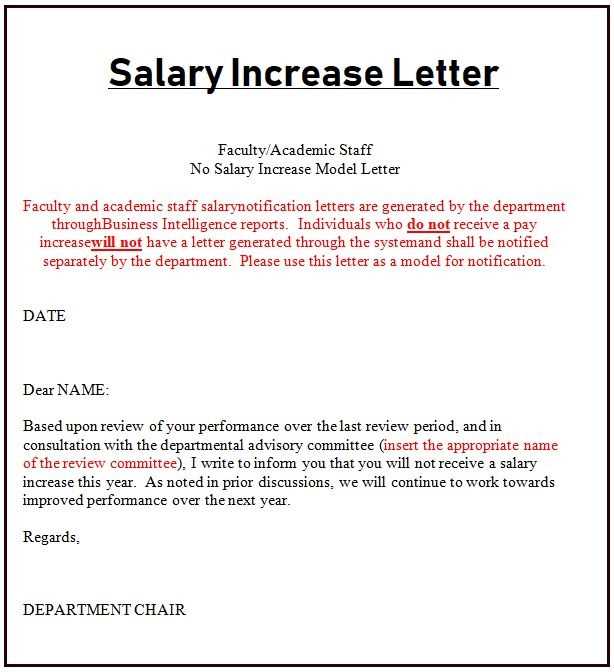
Make the request unique to your situation by tailoring it to reflect your specific contributions and growth. This personal touch will help reinforce the sincerity of your appeal and increase the likelihood of a favorable response.
Avoiding Common Pitfalls
While crafting your request, avoid these common mistakes:
- Overly Aggressive Tone: Ensure your message remains respectful and professional, not demanding or confrontational.
- Lack of Supporting Evidence: Make sure to back up your claim with specific examples of your contributions.
- Vague or Generic Language: Be precise in outlining your achievements and their relevance to the company’s objectives.
How to Request Compensation Adjustment
Key Components of an Effective Endorsement
Why Support Documents are Crucial
Step-by-Step Guide to Drafting
Avoiding Common Mistakes in Requests
Personalizing Your Appeal Appropriately
Timing and Submission Tips
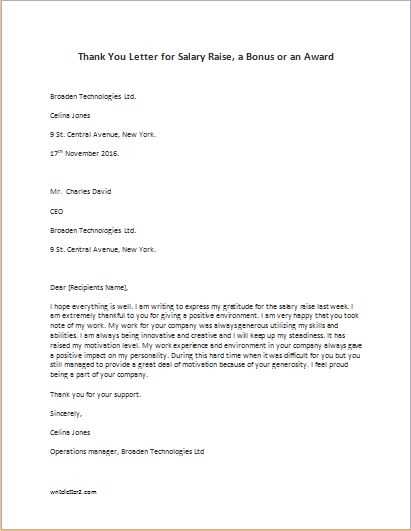
When seeking a review of compensation, it’s important to structure your request in a way that clearly articulates your contributions and justifies the need for a reassessment. Crafting a well-organized and professional request will help convey the value you bring to your role and make a strong case for the desired outcome.
Key Components of an Effective Endorsement: A compelling appeal should highlight your achievements, professional growth, and any additional responsibilities you’ve taken on. Be sure to include relevant data such as industry benchmarks or internal standards to provide context for your request. The goal is to demonstrate that your current position and efforts warrant an adjustment in recognition of your value.
Why Support Documents are Crucial: Supporting documents serve as tangible evidence of your work and growth within the organization. Including performance reviews, records of completed projects, or any other relevant achievements will strengthen your case. The more specific the examples, the more persuasive your request will be.
Step-by-Step Guide to Drafting: Begin by introducing yourself and briefly explaining the purpose of your request. Then, provide a detailed account of your contributions, emphasizing how your work aligns with the organization’s goals. Conclude with a courteous request for a meeting to further discuss the matter.
Avoiding Common Mistakes in Requests: One common mistake is presenting an overly aggressive tone, which can undermine the professionalism of your request. Also, vague language that lacks concrete examples or supporting evidence can weaken your argument. Ensure that your request is respectful, clear, and well-supported.
Personalizing Your Appeal Appropriately: Tailor your message to reflect your unique contributions. Highlight how your efforts have directly impacted the company’s success, demonstrating your commitment to growth and the organization’s long-term objectives. A personalized approach shows that you’ve thought deeply about your request.
Timing and Submission Tips: Timing is crucial when submitting your appeal. Consider choosing a moment when your performance is top-of-mind, such as after a successful project or positive feedback. Submit your request in a formal manner, either through email or a scheduled meeting, depending on the company’s culture.